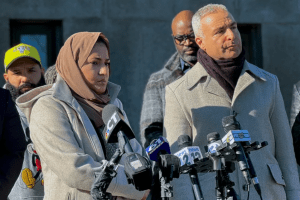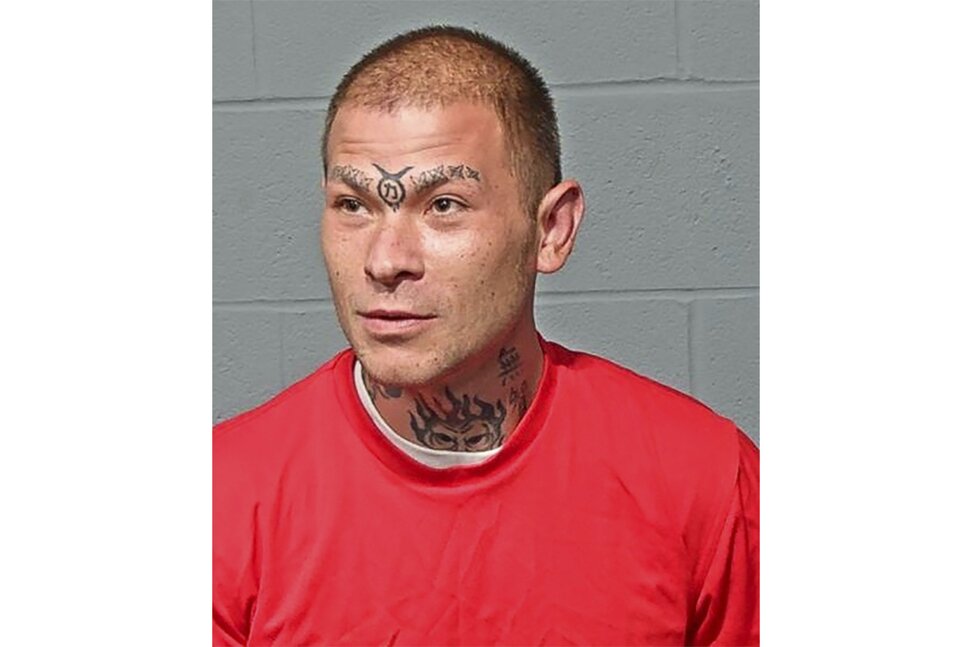HARTFORD, Conn. – There were growing political and religious tensions not just in Connecticut but throughout the country at the time of Rep. Khan’s attack. These kinds of acts are a sign of more serious social problems including Islamophobia, xenophobia, and the division of public opinion. The fact that Representative Khan was attacked following his attendance at a Muslim prayer service in honor of Eid al-Adha, one of Islam’s holiest holidays, highlights how politics, religion, and violence are all intertwined in this act of assault.
The attack on Rep. Khan by Andrey Desmond calls into serious doubt both the safety procedures that public officials adhere to and the security safeguards that are in place at public events. The incident was so blatant that it should be reexamined, especially in light of the fact that it happened in broad daylight and in a public setting. This is especially true for people from marginalized or minority communities who may be more vulnerable to targeted violence.
Part of the larger story is the court case that followed Desmond’s attack and resulted in his guilty plea. The seriousness of Desmond’s acts is reflected in the allegations against him, which include attempted first-degree strangling and third-degree sexual assault. But the plea agreement, which landed Desmond with a five-year prison term and other conditions like counseling, medication, and sex offender registration, also raises questions about how well the criminal justice system handles and treats violent offenders. The proper ratio of punishment to rehabilitation is a topic of continuous discussion, particularly when it comes to incidents of violence against public persons.
The emotional toll that these attacks take on the victims is another aspect of them that is highlighted by Rep. Khan’s reaction to the attack and her lawyer’s remarks asking for privacy. Even if the physical wounds could mend, the psychological and emotional damage can persist and have an effect on the lives of victims both personally and professionally. Khan’s bravery in the face of such hardship and her unwavering dedication to her position as a representative in spite of the attack serve as an example of the tenacity displayed by many public figures who encounter threats and acts of violence.
This incident also makes us consider how the public institutions and community might work together to stop these kinds of attacks. The necessity for all-encompassing protection tactics against targeted violence is becoming increasingly apparent. These strategies should include increased security, community support systems, and educational initiatives to combat the bigotry and hatred that frequently motivate these attacks.
In addition, Khan’s attack has sparked debates around how Muslims and other minorities are portrayed in the media and in public life. A noteworthy accomplishment, Khan’s election as the first Muslim member of the Connecticut House of Representatives reflected the growing diversity of the political scene in America. But the attack also serves as a sobering reminder of the obstacles and risks minority politicians may encounter, emphasizing the necessity of continued efforts to guarantee their safety and to promote an inclusive political environment in which everyone can participate in politics without fear of violence.
Finally, it should be noted that the attack on Representative Maryam Khan is not merely a singular occurrence but rather serves as a spur for discussing more significant social issues, such as the security of public figures, the effects of hate crimes, and the significance of diversity and inclusion in political representation. The hope is that as society wrestles with these challenges, the lessons from this tragic incident will result in better public safeguards for persons in the public eye and a more resilient, welcoming community that rejects violence and celebrates diversity. In the wake of violence, Desmond’s legal repercussions, the backing of Representative Khan, and the continuous conversation about safety and representation are all positive milestones in the direction of recovery.


